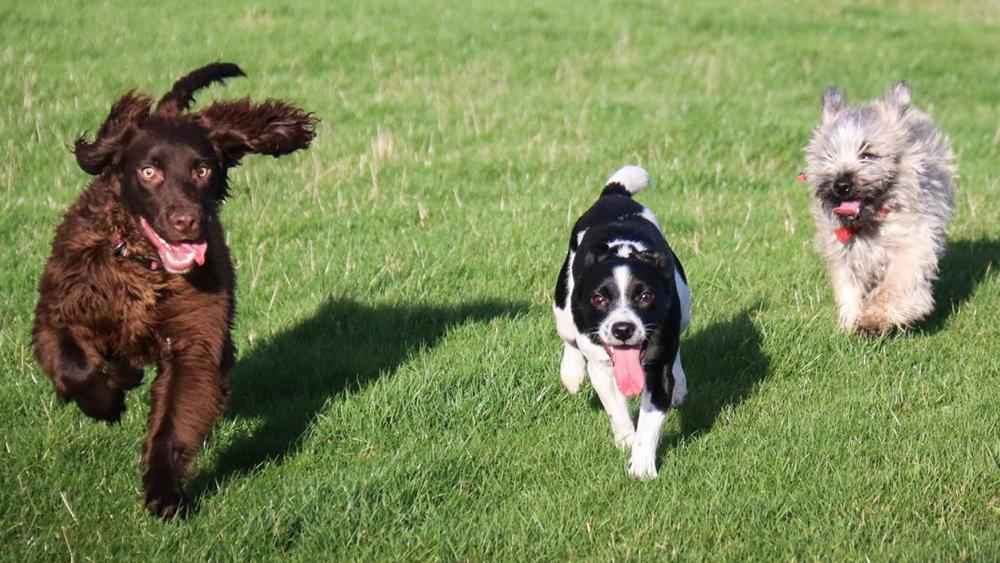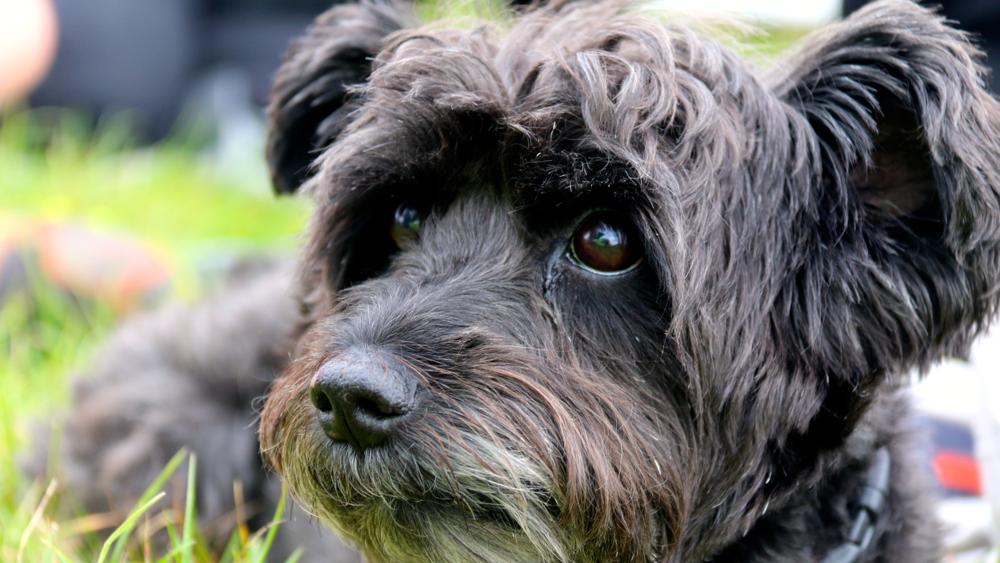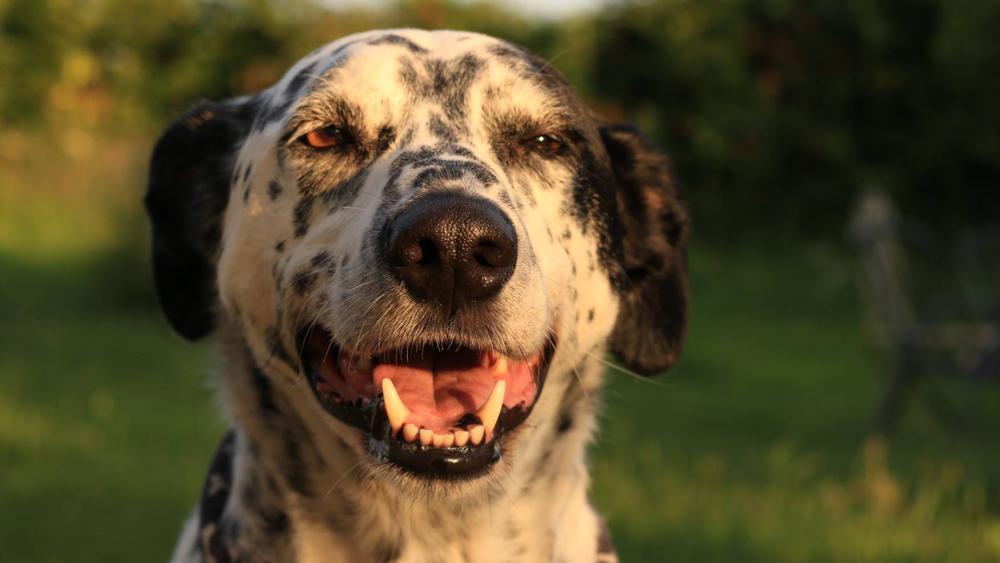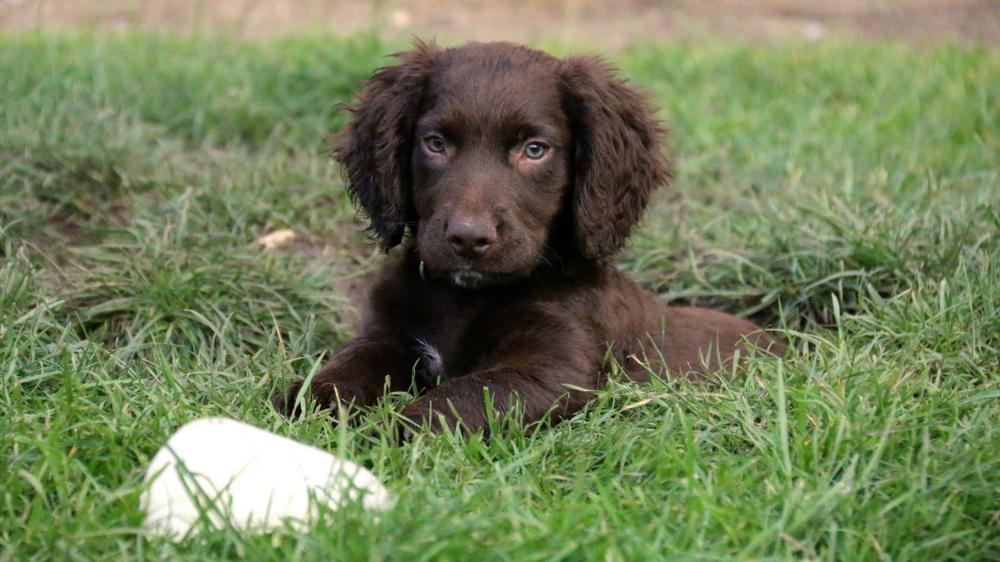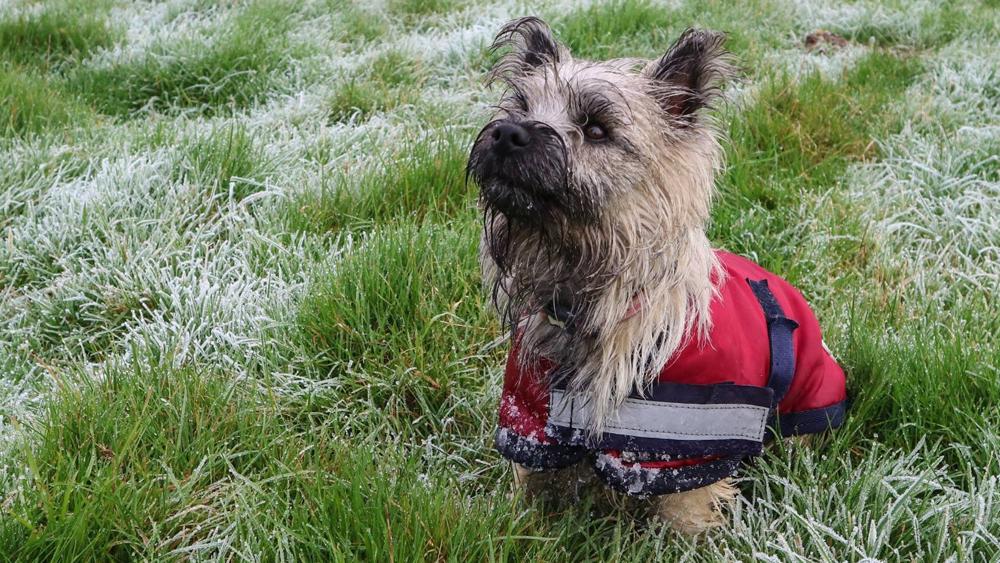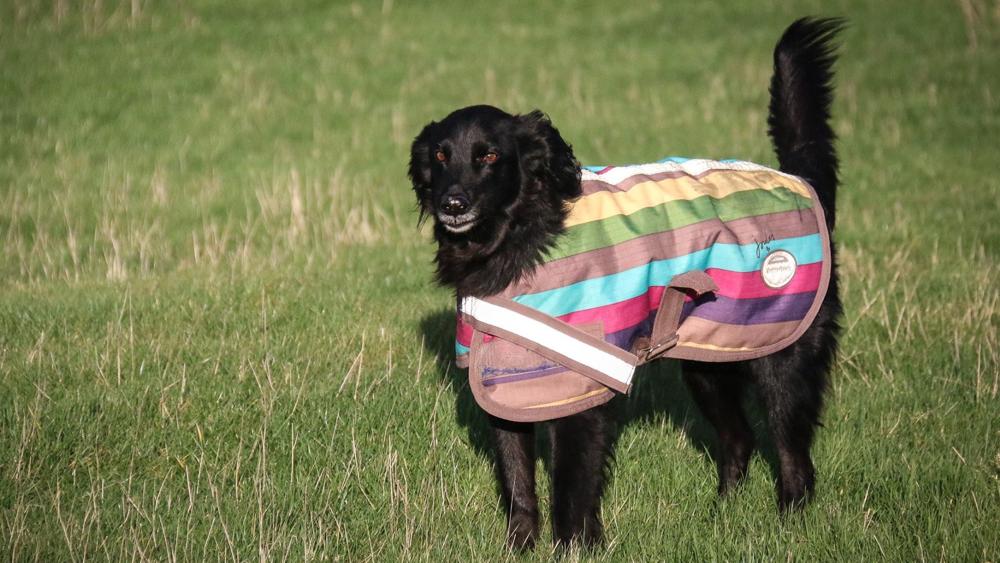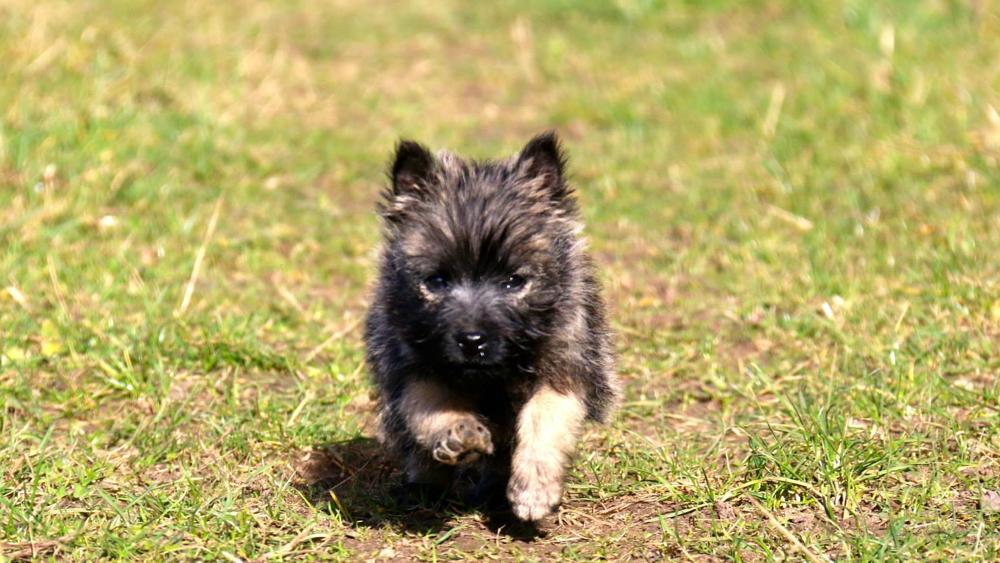Walking with your dog
Dogs are part of the family, and exercising with them provides a great opportunity for bonding as well as helping you get fitter as a family.
Dogs need regular opportunities to exercise to keep them fit, active and stimulated. Exercise is not only important in providing physical activity for a dog, it also provides opportunities for toileting, investigation, exploration and interaction with people and other dogs. Hiding food, laying simple trails or just letting dogs sniff more during their walk can be great ways of stimulating their brains and very useful for dogs who might otherwise be limited by the amount of walking they can do.
The level of exercise a dog needs will depend on their age, breed and health, but if owners aren’t sure how much exercise their dog needs we would advise them to seek advice from their vet. The type, level and duration of exercise must be appropriate for each dog – they should never be exercised for long enough to cause injury, illness or other welfare problems.
If your dog (or you) isn’t used to long walks, start slowly with short walks and build up over time. Don’t expect too much too soon!
Travelling with dogs
Not all walks start from your front door; sometimes you need to get in the car first. It’s important to make sure your dog is comfortable when travelling in the car. If they’re not used to car journeys, take lots of short trips to start with and build up gradually. Keep an eye on your dog whilst travelling to ensure they’re not displaying signs of travel-related problems such as barking, whining, jumping, attempting to run around the car, salivating, vomiting, attention seeking, licking, cowering, hiding or restlessness. These behaviours could be caused by motion sickness, fearfulness, excitability, nervousness or anxiety.
If you do see any of these signs, do not punish your dog as it could make them more anxious and make the problem worse. If you have problems, a vet or clinical animal behaviourist can help.
Dogs travel better without a full stomach, so it’s best to feed them more than two hours before the journey – and give them chance to toilet just before you leave. Remember to take regular breaks on long journeys, so they can toilet and exercise.
The Highway Code states that dogs need to be suitably restrained in a vehicle so they are safe during an emergency stop and do not distract the driver. There are a number of products available to help achieve this, including harnesses, dog guards and travelling crates. It’s important that the crate is large enough for your dog to stand, sit upright, lie in a natural position and turn around normally whilst standing up. There also needs to be good airflow so they don’t get too hot. Bedding inside the car will help them feel more comfortable and secure during the journey.
Walking near livestock
It’s quite common, when exploring the countryside, to find yourself walking around the edge of a field or on a hillside used for grazing farm animals. Make sure you keep your dog on a lead at all times when around livestock. It is against the law to worry livestock, such as sheep or cattle: the owner, or whoever is responsible for the dog at the time, would be committing an offence if the dog were to chase or attack the animals and may be liable for a fine of up to £1,000.
Summer walks
In hot weather, we would advise dog owners to walk their dog early in the morning or later in the evening and never to allow their dog to exercise excessively. If you are out in warm weather, make sure you have water for both of you. If you’re going to be walking on a pavement, check how hot it is with your hand – if it’s too hot to touch, it’s also too hot for your dog’s paws.
Some dogs are more prone to heatstroke. For example, dogs with short snouts, fatter or heavily muscled dogs and long-haired breeds – and very old or very young dogs. Heatstroke can be fatal and should always be treated as an emergency. For more information about heatstroke in dogs, please visit the RSPCA website.
There are some beaches in the UK where dogs are not permitted during summer months. Make sure you check, before setting off, whether you are able to take your dog.
After a long walk a refreshing drink is always welcome. If you have your dog with you look for dog-friendly cafes and bars so they can join you. Some may already have water bowls outside for your dog – but make sure you have water with you for them just in case they don’t.
Never leave your dog alone in a car as, even on a day that doesn’t feel particularly hot, the temperatures inside a car can rocket – at the least this will be distressing and uncomfortable for your dog, and at the worst fatal. If you see a dog in distress in a car, please dial 999.

